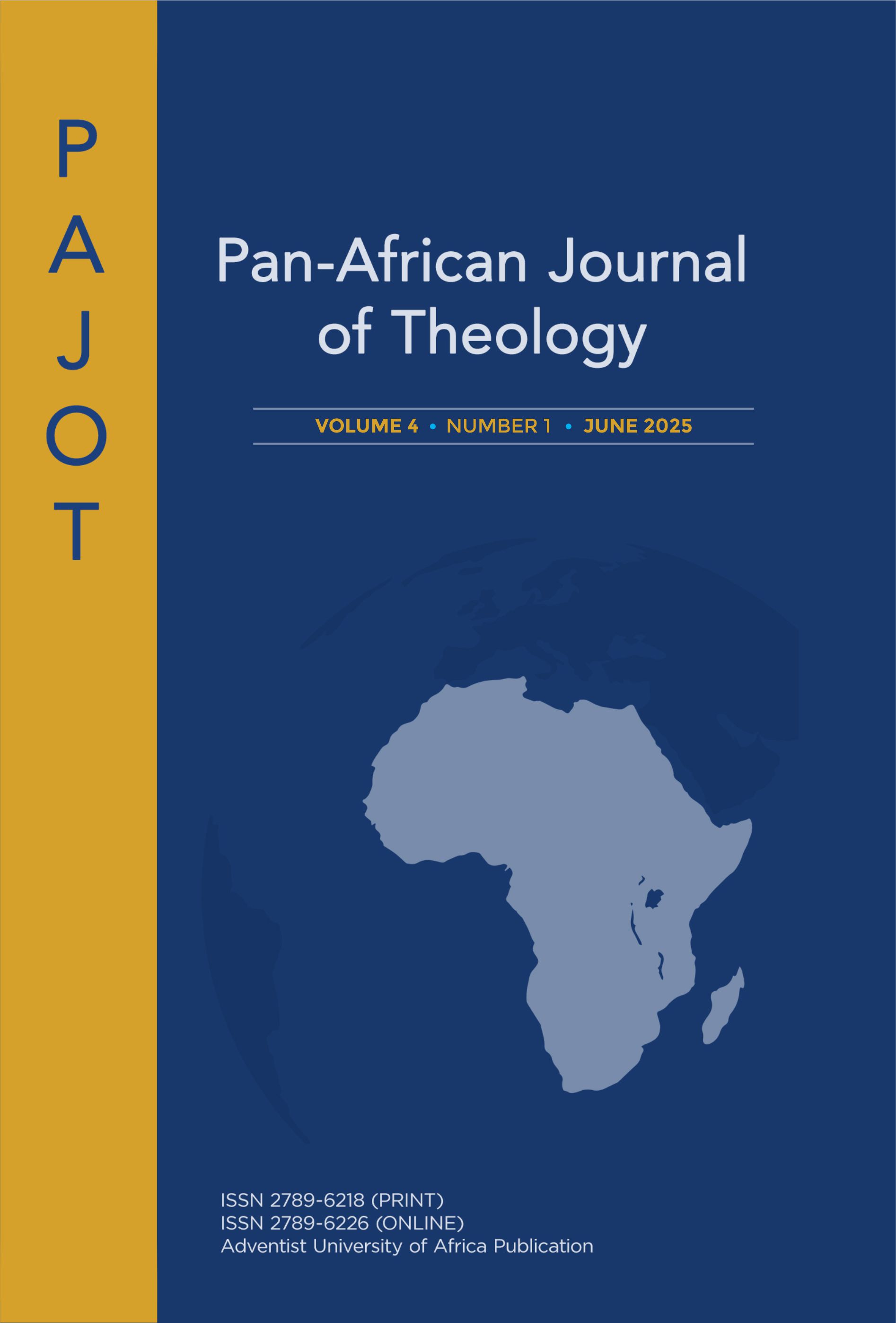Main Article Content
Abstract
The Pre-Advent or Investigative Judgment is among the most criticized doctrines of the Seventh-day Adventist Church. To many non-Adventist scholars, this doctrine is often perceived as the most perplexing and difficult to comprehend, which contributes to its frequent criticism. One of the key texts supporting this doctrine is Daniel 7, which portrays a heavenly judgment scene. This paper seeks to analyze Daniel 7 in the context of Ancient Near Eastern judicial practices and legal cases mentioned in the Hebrew Bible, aiming to identify the roles of its key characters in the judgment scene. The objective of this exposition is to address the most contested aspects of the Doctrine of the Pre-Advent Judgment and propose a resolution that may appeal to its critics. The study concludes that the role of the One Who is like the Son of Man—a symbol representing Jesus—is analogous to that of a debt guarantor or surety in the ancient Near Eastern legal system. This analogy suggests that Jesus assumes responsibility for the guilt of the saints of the Most High, making Him the primary focus of the judgment. The saints are also involved in the judgment due to their union with Jesus. This interpretation of the Pre-Advent Judgment addresses many of the critical issues raised by opponents of the doctrine and has significant implications for understanding the parallel vision in Daniel 8.
Keywords
Article Details
Copyright (c) 2025 Feliks Poniatowski

This work is licensed under a Creative Commons Attribution-NonCommercial-ShareAlike 4.0 International License.

